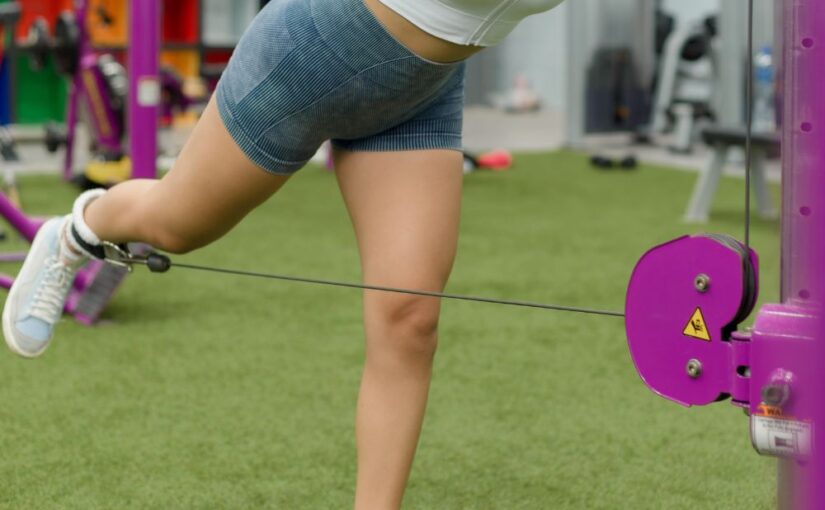When it comes to sculpting and strengthening the glutes, many gym-goers are constantly on the lookout for the most effective exercises. Among the plethora of options available, cable kickbacks have gained popularity as a go-to exercise for targeting the glute muscles. But are they truly effective? Let’s delve into the mechanics of cable kickbacks and examine their benefits for glute development.
What Are Cable Kickbacks?
Cable kickbacks involve using a cable machine with an ankle strap attachment. The exercise is performed by extending one leg backward while keeping the knee straight and the core engaged. This movement specifically targets the gluteus maximus, the largest muscle in the glute group, making it a prime candidate for muscle building and toning.
The Mechanics of the Exercise
The effectiveness of this exercise hinges on several factors:
- Targeted Muscle Activation: Cable kickbacks primarily engage the gluteus maximus. By focusing on this muscle during the movement, you create a strong mind-muscle connection, which can lead to improved muscle growth over time.
- Range of Motion: The cable machine allows for a controlled movement, enabling a full range of motion. This is essential for maximizing muscle activation. As you extend your leg, the cable provides constant tension, which is beneficial for muscle growth.
- Versatility: Cable kickbacks can be easily adjusted in terms of weight and resistance, making them suitable for both beginners and advanced lifters. You can modify the weight to suit your fitness level, allowing for progressive overload, which is crucial for building muscle.
Benefits
- Isolated Glute Activation: Unlike many compound exercises that involve multiple muscle groups, cable kickbacks isolate the glutes, making them particularly effective for those looking to enhance glute shape and size.
- Reduced Strain on Lower Back: Because the exercise is performed in a bent-over position while holding onto the machine for support, it minimizes strain on the lower back compared to other glute exercises like deadlifts.
- Improved Balance and Stability: Cable kickbacks require stabilization throughout the movement, which can improve overall balance and coordination. This can be beneficial for athletes and anyone looking to enhance their functional strength.
- Versatile Training: Cable kickbacks can be incorporated into various workout routines, from strength training to high-intensity interval training (HIIT). They can also be modified to target other muscles, such as the hamstrings and core, by adjusting the leg position.
How to Perform Correctly
To ensure you’re getting the most out of cable kickbacks and avoiding injury, follow these steps:
- Set Up the Machine: Attach the ankle strap to the low pulley of the cable machine. Adjust the weight to a manageable level.
- Position Yourself: Stand facing the machine, and strap the ankle attachment to your ankle. Hold onto the machine for support.
- Start the Movement: Keeping your knee straight and core engaged, extend your leg backward in a controlled manner. At the top of the exercise, contract the glutes and hold for a couple of seconds.
- Return Slowly: Bring your leg back to the starting position without letting the weight stack touch, maintaining tension in the muscles.
- Repetitions: Aim for 3 sets of 12-15 repetitions per leg, ensuring proper form throughout.
Conclusion
Cable kickbacks are an effective exercise for targeting the glutes, particularly when performed with proper form and intensity. While they should be part of a well-rounded fitness routine that includes a variety of exercises, cable kickbacks can play a significant role in building strength and enhancing the shape of your glutes. Ultimately, consistency and progression are essential, as with any exercise. So, if you’re looking to elevate your glute game, consider adding cable kickbacks to your workout regimen!

